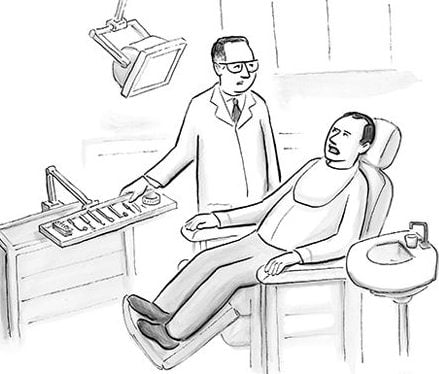
This weeks blog is a quick run through of essential information on clinical record keeping in the dental setting. Good notes are an essential tool for a dental professional and are a requirement both in dental school and throughout your dental career.
A patient’s clinical record may include:
- Clinical notes
- Radiographs
- Consent forms
- Photographs
- Study casts
- Audio or visual recordings of consultations
- Laboratory prescriptions
- Referral or other correspondence
- Investigations report
- NHS forms
The purpose of keeping good records is to have an accurate picture of treatment to refer to at every appointment – these can also be accessed when the patient isn’t present in order to treatment plan. Furthermore, good notes allow us to effectively communicate with other medical or dental professionals, especially when treatment planning a case which involves a number of disciplines. Or even when requesting investigations such as blood counts from an external source.
Here’s a list of key points on what to include in your notes for every patient, and if you follow this, you’ll know you have everything covered:
- Good patient records follow the four Cs.
- Contemporaneous – records should be made at, or very close to, the time of the examination, treatment, observation or discussion, and they should be dated and signed legibly.
- Clear – records should be written carefully, so that they can be understood by anyone who may need to read and interpret them.
- Concise – records should be just long enough to convey the essential information.
- Complete – all aspects of a patient’s visit should be recorded. This includes:
– Presenting complaints/reason for attendance – usually in patient’s own words
– Histories (medical (medications and allergies included), dental and social)
– Dental charting and BPE
– Findings on examination (E/O and I/O), including negative findings (e.g. no teeth tender to percussion)
– Provisional diagnosis/ investigations done e.g radiographs/sensibility testing
– Definitive diagnosis
– Discussions about treatment options and risks and benefits
– Agreed treatment plan
– Consent to treatment
– Treatment given (LA/batch number/expiry and materials and instruments used)
– Mishaps and complications.
I often find it handy to write what I plan to do at the next visit at the end, just to be more efficient, and also to give the patient a heads up on what to expect.
Request forms, such as those for pathology reports or radiographs, should be completed clearly with adequate detail, dated and signed legibly.
All reports should be seen, evaluated and initialled before being filed, with any abnormal results noted in the clinical record and any action recorded.
As an absolute minimum, NHS and private clinical records should be retained for:
- 11 years after the last entry for adults
- 11 years after the last entry for children or until they reach the age of 25 years, whichever is longer.
